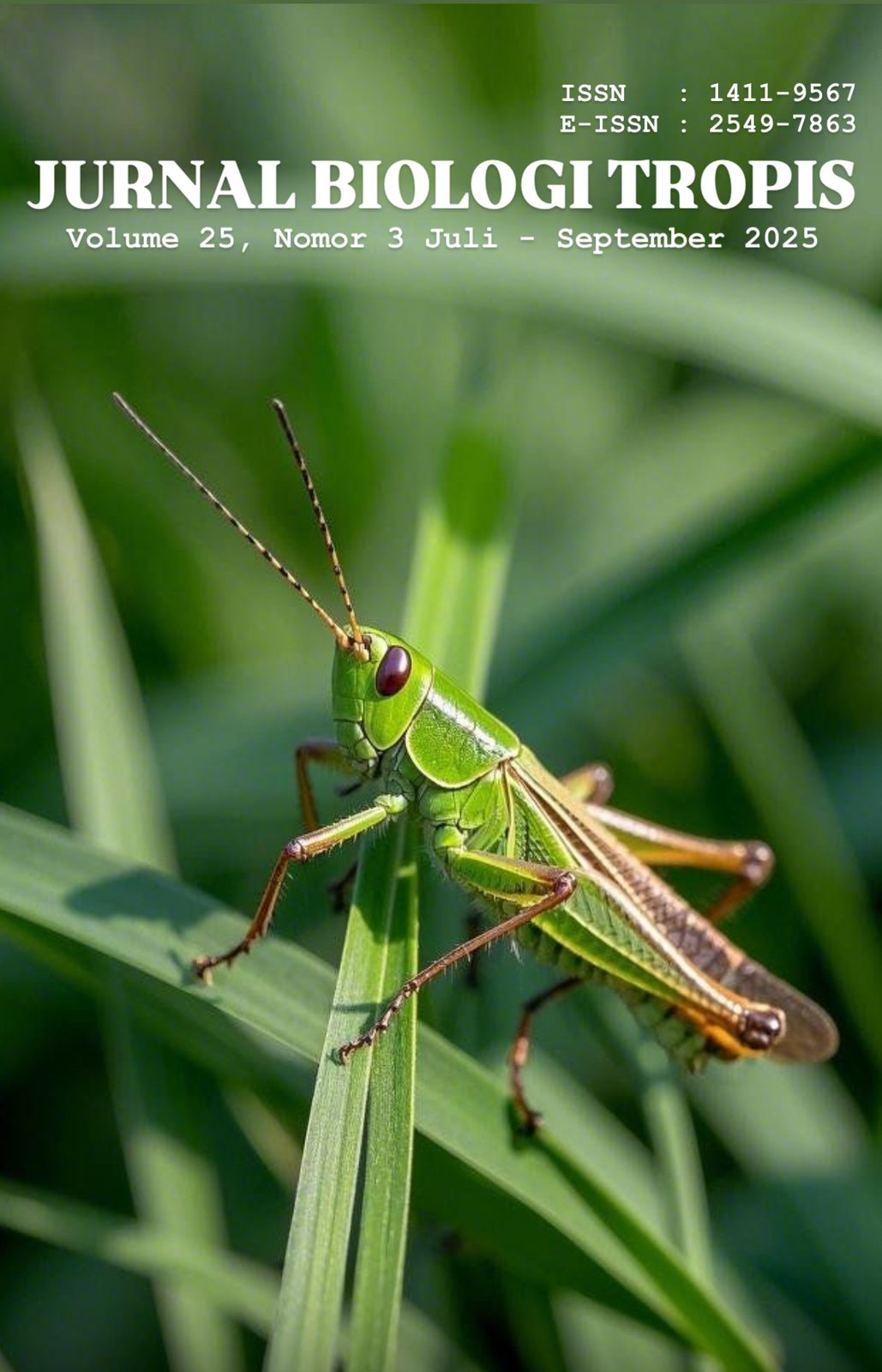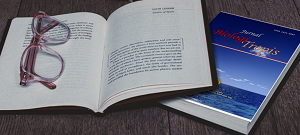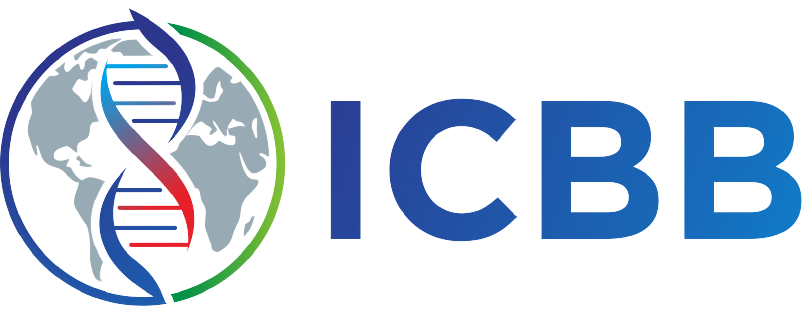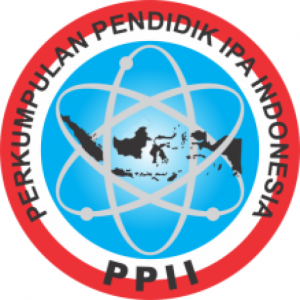Antifungal Activity Test of Jamaican Cherry Leaf (Muntingia calabura l.) Ethanol Extract in Inhibiting Growth of Fungi Malassezia furfur and Pityrosporum ovale
Authors
Tetty Noverita Khairani , Elfia Neswita , Nurasni Nurasni , Khairani Fitri , Asri AmandaDOI:
10.29303/jbt.v25i3.9510Published:
2025-07-02Issue:
Vol. 25 No. 3 (2025): Juli-SeptemberKeywords:
Antifungal activity, Jamaican Cherry Leaf (Muntingia calabura L.), Malassezia furfur, Pityrosporum ovale.Articles
Downloads
How to Cite
Downloads
Metrics
Abstract
The plant species known as Jamaican Cherry Leaf (Muntingia calabura L.) belongs to the Muntingiaceae family. Flavonoid compounds, tannins, saponins, and steroids are all found in Jamaican cherry leaves. One of them has antifungals that can stop Pityrosporum ovale and Malassezia furfur from growing, and it is utilized as a traditional medication. This study aimed to determine the antifungal activity and the most effective concentration of Jamaican cherry leaves in inhibiting the growth of Malassezia furfur and Pityrosporum ovale fungi. Methods research is an experimental research. The research phase includes sampling, making simplicia, extract making, testing the characteristics of simplicia and extract, testing the inhibitory power of ethanol extract of Jamaican cherry leaf against fungi (Malassezia furfur and Pityrosporum ovale) by comparing the 2% ketoconazole antibiotic. The results showed the inhibition of ethanol extract of Jamaican cherry leaf (Muntingia calabura L.) against the growth of Malassezia furfur at F1 (7.2 mm), F2 (9.8 mm), F3 (11 mm) with and F4 (6.8 mm). mm) while against the growth of the fungus Pityrosporum ovale at F1 (7.0 mm), F2 (9.11 mm), F3 (10.2 mm) and F4 (6.3 mm). The best inhibition zone was formed at 30% concentration treatment with strong category. The conclusion shows that the ethanol extract of Jamaican cherry leaf (Muntingia calabura L.) can inhibit the growth of Malassezia furfur and Pityrosporum ovale fungi.
References
Anggraeni, Y., & Betha, O. S. (2020). Karakteristik fisik dan aktivitas antibakteri sabun cair minyak nilam (Pogostemon cablin Benth.) yang berbasis surfaktan sodium lauril eter sulfat. Jurnal Kefarmasian Indonesia, 1-10. https://doi.org/10.22435/jki.v10i1.499
As-Sayyid PD abdu. BM. (2014). Kitab Obat Hijau. Medika T, editor. Solo.
Ayunani DF. (2020). Efektivitas Ekstrak Daun Kelor (Moringa oleifera lamk) Terhadap Pertumbuhan Jamur Candida albicans. RepoStikesicme-JbgAcId.
Indrayati, S., & Sari, R. I. (2018). Gambaran Candida albicans pada bak penampung air di toilet SDN 17 Batu Banyak Kabupaten Solok. Jurnal Kesehatan Perintis, 5(2), 133-138. https://doi.org/10.33653/jkp.v5i2.148
Jamilatun, M., Azzahra, N., & Aminah, A. (2020). Perbandingan pertumbuhan Aspergillus fumigatus pada media instan modifikasi carrot sucrose agar dan potato dextrose agar. Jurnal Mikologi Indonesia, 4(1). http://doi.org/10.46638/jmi.v4i1.69
Khasanah, I. A., & Sarwiyono, S. P. (2014). Ekstrak etanol daun kersen (Muntingia calabura L.) sebagai antibakteri terhadap Streptococcus agalactiae penyebab mastitis subklinis pada sapi perah. Jurnal Ternak Tropika, 15(2), 7-14.
Kusumawati, E. (2016). Uji Aktivitas Antibakteri Ekstrak Etanol Daun Kecombrang (Etlingera elatior (Jack) RM Smith) terhadap Bakteri Bacillus cereus dan Escherichia coli Menggunakan Metode Difusi Sumur. Polhasains: jurnal sains dan terapan Politeknik Hasnur., 4(01), 26-33. https://ejournal.polihasnur.ac.id/index.php/phssains/article/view/238
Lolok, N., Awaliyah, N., & Astuti, W. (2020). Formulasi dan uji aktivitas sediaan sabun cair pembersih kewanitaan ekstrak daun waru (Hibiscus tiliaceus) terhadap jamur Candida albicans. Jurnal Mandala Pharmacon Indonesia, 6(01), 59-80. https://doi.org/10.35311/jmpi.v6i01.53
Lubis WC, Tampubolon E, Nasution AN, & Hasan RSB. (2020). Uji Efektivitas Air Perasan Jeruk Nipis (Citrus Aurantifolia) Dan Air Jeruk Lemon (Citrus Limon) Dalam Menghambat Pertumbuhan Jamur Candida Albicans. (Jurnal Ilm Mhs Kesehat Masyarakat). 2020;5(4):96–101. http://dx.doi.org/10.37887/jimkesmas.v5i4.15358
Marchianti, A., Nurus Sakinah, E., & Diniyah, N. (2017). Digital repository universitas jember digital repository universitas jember. Efektifitas Penyuluhan Gizi Pada Kelompok, 1000, 69-70.
Marjoni, M. R. (2016). Dasar-dasar fitokimia untuk diploma III farmasi.
Naufal, M. I., & Fatmawati, F. (2022). Pengaruh Dosis Susu Fermentasi Pada Media Ampas Kelapa Terhadap Pertumbuhan Maggot (Hermetia illucens) Sebagai Sediaan Larva Ikan Papuyu (Anabas testudineus bloch). Basah Akuakultur Jurnal, 1(1), 1-8. https://jtam.ulm.ac.id/index.php/baj/article/view/1476
Oktaviana, B., Rahmawati, R., & Linda, R. (2017). Aktivitas antifungi ekstrak metanol bunga kamboja putih (Plumerica acuminata) terhadap Apergillus clavatus. Jurnal Labora Medika, 1(2), 22-29.
Pramadani, R. E. Y. Z. A. (2022). Uji Aktivitas Antibakteri Ekstrak Daun Kersen (Muntingia calabura L) Terhadap Bakteri Aeromonas salmonicida, Edwardsiella ictaluri dan Edwardsiella tarda [Skripsi]. Universitas Islam Riau.
Sa'adah, H., & Nurhasnawati, H. (2015). Perbandingan pelarut etanol dan air pada pembuatan ekstrak umbi bawang tiwai (Eleutherine americana Merr) menggunakan metode maserasi. Jurnal Ilmiah Manuntung: Sains Farmasi Dan Kesehatan, 1(2), 149-153. https://jurnal.stiksam.ac.id/index.php/jim/article/view/27
Sihombing MA, & Saraswati I. (2018). Uji Efektivitas Antijamur Ekstrak Biji Pepaya (Carica Papaya L.) Terhadap Pertumbuhan Malassezia Furfur Secara in Vitro. Diponegoro Med J (Jurnal Kedokt Diponegoro), 7(2):724–32. https://doi.org/10.14710/dmj.v7i2.20735
Simanjuntak, H. A., & Butar-Butar, M. (2019). Uji Aktivittas Antifungi Ekstrak Etanol Umbi Bawang Merah (Allium Cepa L.) Terhadap Candida albicans Dan Pityrosporum Ovale. EKSAKTA: Jurnal Penelitian dan Pembelajaran MIPA, 4(2), 79. http://dx.doi.org/10.31604/eksakta.v4i2.91-98
Soedarto. (2015). Mikrobiologi Kedokteran. Sagung Setor: Jakarta.
Suhartati, R. (2017). Aktivitas antibakteri ekstrak etanol kulit buah naga merah (Hylocereus polyrhizus) terhadap bakteri Streptococcus pyogenes. Jurnal Kesehatan Bakti Tunas Husada: Jurnal Ilmu-Ilmu Keperawatan, Analis Kesehatan Dan Farmasi, 17(2), 513-518. https://doi.org/10.36465/jkbth.v17i2.279
Suryani Y, Taupiqiurrahman. K. (2020). Mikologi. Sumatera Barat: PT. Freeline Cipta Granesia.
Syamsul, E. S., Anugerah, O., & Supriningrum, R. (2020). Penetapan rendemen ekstrak daun jambu mawar (Syzygium jambos L. Alston) berdasarkan variasi konsentrasi etanol dengan metode maserasi. Jurnal Riset Kefarmasian Indonesia, 2(3), 147-157. https://doi.org/10.33759/jrki.v2i3.98
Tampongangoy, D., Maarisit, W., Ginting, A., Tumbel, S., & Tulandi, S. (2019). Uji Aktivitas Antibakteri Ekstrak Daun Kayu Kapur Melanolepis multiglandulosa Terhadap Bakteri Staphylococcus aureus dan Bakteri Escherichia coli. Jurnal Biofarmasetikal Tropi, 2(1), 107-114.
Untu, S. (2019). Aktivitas Daun Picisan Drimoglossum Piloselloides (L.) Presl. Terhadap Pertumbuhan Jamur Candida albicans. Biofarmasetikal Tropis (The Tropical Journal of Biopharmaceutical), 2(2), 7-14. 10.55724/jbiofartrop.v2i2.89
Yusvantika, N., Kusdarwati, R., Sulmartiwi, L., & Kusdarwati, R. (2022). Uji Aktivitas Antibakteri Ekstrak Kasar Alga Merah Eucheuma spinosum Terhadap Pertumbuhan Bakteri Staphylococcus epidermidis Antibacterial Activity of Crude Extract Red Algae Eucheuma spinosum Against Staphylococcus epidermidis Bacteria Growth. Journal of Marine and Coastal Science Vol, 11(3).
Zai, Y., Kristino, A. Y., Nasution, S. L. R., & Natali, O. (2019). Uji Efektivitas Antibakteri Ekstrak Daun Sirsak (Annona Muricata Linn.) Terhadap Bakteri Propionibacterium Acnes. BIOLINK (Jurnal Biologi Lingkungan Industri Kesehatan), 6(1), 65-72. 10.31289/biolink.v6i1.2244
License
Copyright (c) 2025 Tetty Noverita Khairani, Elfia Neswita, Nurasni Nurasni, Khairani Fitri, Asri Amanda

This work is licensed under a Creative Commons Attribution 4.0 International License.

Jurnal Biologi Tropis is licensed under a Creative Commons Attribution 4.0 International License.
The copyright of the received article shall be assigned to the author as the owner of the paper. The intended copyright includes the right to publish the article in various forms (including reprints). The journal maintains the publishing rights to the published articles.
Authors are permitted to disseminate published articles by sharing the link/DOI of the article at the journal. Authors are allowed to use their articles for any legal purposes deemed necessary without written permission from the journal with an acknowledgment of initial publication to this journal.


























